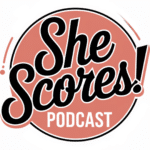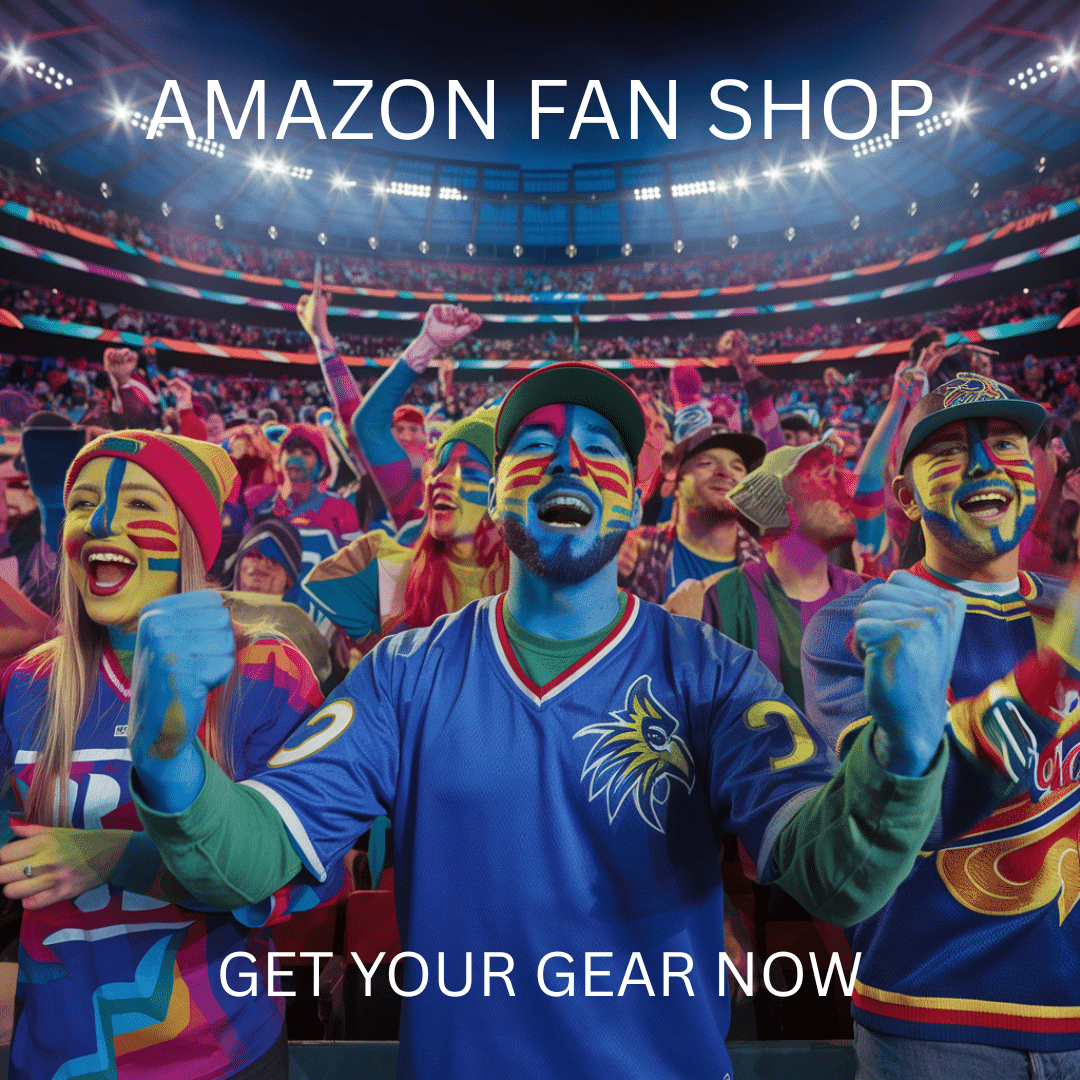Fundamentals of NIL: Introduction to Name, Image, and Likeness Rights for College Athletes
Name, Image, and Likeness (NIL) has revolutionized college athletics, offering student-athletes new opportunities to monetize their personal brands.

NIL allows athletes to earn money through endorsements, social media, merchandise, and more.
For example, Nijel Pack from Miami signed a significant NIL deal valued at $800,000, highlighting the potential financial gains available to college athletes.
Notable institutions like Arizona State and prominent brands such as Nike are now actively participating in NIL deals, further demonstrating its widespread impact.
High-profile athletes, including Jaden Rashada and Nico Iamaleava, are leveraging NIL to advance their careers and secure lucrative offers.
Parents and coaches, like Miami’s Katie Meier, play vital roles in helping these athletes navigate this new landscape.
Organizations and leaders, including the NCAA’s President Charlie Baker, are working to ensure that these opportunities are fair and accessible to all student-athletes.
Trust and transparency are essential as schools like Iowa and those in the Pac-12 adapt to these changes.
Athletes, both current and incoming, benefit from understanding how to utilize NIL effectively, making it a critical topic for anyone involved in college sports today.
Understanding NIL: Basic Definitions And Concepts
Table of Contents
- 1 Understanding NIL: Basic Definitions And Concepts
- 2 Historical Context and Evolution of NIL
- 3 Legal Foundations Of NIL Rights
- 4 How NIL Applies To Female Athletes
- 5 Implications Of NIL For College Athletes’ Careers
- 6 The Future Of NIL In College Sports
- 7 Frequently Asked Questions
- 7.1 What is the concept of Name, Image, and Likeness (NIL) in collegiate sports?
- 7.2 How do athletes generate income from NIL deals?
- 7.3 What are the established guidelines governing NIL activities?
- 7.4 Who provides the funding for NIL agreements?
- 7.5 In which year was the NIL legislation officially passed?
- 7.6 What are the common controversies surrounding NIL in college athletics?

Name, Image, and Likeness (NIL) rights allow college athletes to monetize personal attributes in various ways.
What Are Name, Image, And Likeness Rights?
NIL rights refer to the ability of an individual to profit from their personal identifiers. These include their name, image, and likeness.
For instance, a college athlete can sign endorsement deals, sponsor products, and participate in advertising campaigns.
This concept empowers athletes to control and monetize how their NIL is used in merchandise, video games, and other commercial products.
Previously, these athletes couldn’t profit, but now they have broader avenues for financial gain.
The Importance Of NIL For College Athletes
NIL rights significantly impact college athletes. With these rights, they can now earn compensation through various NIL opportunities, which was not possible before.
This includes paid promotions on social media, participating in marketing campaigns, and signing autographs for money.
This shift allows athletes to focus not only on their sports and academics but also on developing their personal brand.
It provides a financial safety net, helping many athletes handle educational and living expenses better.
Book Your Dream Vacation Today
Flights | Hotels | Vacation Rentals | Rental Cars | Experiences
Key Differences Between NIL Rights And Traditional Amateurism
Traditional amateurism in college sports meant athletes couldn’t earn money from their sports-related achievements.
NIL rights change that by allowing athletes to receive compensation without violating their amateur status.
The key difference lies in the ability to monetize personal attributes while still maintaining eligibility.
Unlike professional athletes, college athletes still don’t get salaries or bonuses tied to their performance in games.
The focus is on intellectual property related to their personal brand rather than direct payment for playing their sport.
Historical Context and Evolution of NIL
The journey of Name, Image, and Likeness (NIL) rights in college sports has been marked by significant resistance, key legal battles, and landmark changes. This timeline highlights critical developments that have transformed athletes’ opportunities.
Early Days of College Athletics and Sponsorship Restrictions
In the early days of college athletics, sponsorships and endorsements were strictly prohibited. The NCAA, managing college sports, enforced policies banning any commercial benefits for athletes.
This prohibition aimed to maintain the amateur status of college players, distinguishing them from professional athletes.
Athletes could not profit from their name, image, or likeness, ensuring no “pay-for-play” scenarios.
Division I athletes, along with others, faced severe penalties for any infractions, including losing eligibility.
This quid pro quo policy allowed scholarships but barred other financial gains, upholding a clear separation between amateurs and professionals.
Major Milestones in the Fight for NIL Rights
One of the major milestones in the NIL rights battle was the O’Bannon v. NCAA case.
Former UCLA basketball player Ed O’Bannon sued the NCAA over the use of his likeness in video games without compensation. This lawsuit highlighted the issue and laid the groundwork for future reforms.
The landscape changed dramatically on July 1, 2021, when the NCAA implemented an interim policy allowing athletes to profit from their NIL rights.
This change came after decades of mounting pressure and legal challenges.
States like California and others passed laws enabling NIL deals, pressuring the NCAA to adapt its policies.
This shift allowed athletes to engage in sponsorships, autograph signings, and social media promotions legally.
Recent Legislative Changes Enabling NIL Opportunities
In recent years, several states have passed legislation to further bolster NIL rights.
By April 2022, states including California, New York, and Louisiana permitted high school athletes to profit from their NIL.
These state laws brought clarity and uniformity, mitigating any competitive disadvantages among schools.
The NCAA Board of Directors issued new NIL guidance, reinforcing members’ adherence to fair play rules while providing opportunities for athletes.
This evolution has led to increased participation in college sports marketing, with many athletes, like Livvy Dunne and Nico Iamaleava, capitalizing on their personal brands.
The gradual dismantling of historic sponsorship restrictions reflects the broader acceptance and encouragement of NIL rights in college sports today.
Legal Foundations Of NIL Rights
Understanding the legal foundations of Name, Image, and Likeness (NIL) rights involves examining key laws, notable legal cases, and the interplay between state and federal legislation.
Key Laws And Regulations Governing NIL
The emergence of NIL rights began with California’s groundbreaking legislation, the Fair Pay to Play Act in 2019, which allowed college athletes to profit from their name, image, and likeness starting in 2023.
Other states like Florida, Georgia, and Texas quickly followed suit with their own NIL laws.
The NCAA’s interim NIL policy approved in July 2021 provides athletes the right to sign endorsement deals and hire professional service providers such as agents and lawyers without losing their eligibility.
Despite this interim policy, a uniform federal NIL law is yet to be established, leaving individual states to implement their own regulations, which sometimes conflict and cause confusion.
Notable Legal Cases Impacting NIL Developments
One of the most significant legal cases impacting NIL rights is NCAA v. Alston.
The Supreme Court’s 2021 decision in this case dismantled the NCAA’s restrictions on education-related payments to athletes.
Justice Brett Kavanaugh’s concurring opinion went further, criticizing the NCAA’s model and hinting at further legal challenges on antitrust grounds.
Another important case was O’Bannon v. NCAA, where former UCLA basketball player Ed O’Bannon sued the NCAA over its use of athletes’ likenesses in video games without compensation.
This case was a precursor to the broader NIL discussions and significantly influenced the NIL landscape, leading to increased pressure on the NCAA to reform its policies.
The Role Of State Vs. Federal Legislation In NIL
The patchwork of state NIL laws, with some states like Florida and California leading the way, has created challenges for consistent regulation across the country.
States such as Tennessee and New York have also enacted their own regulations, resulting in varied standards and enforcement.
At the federal level, Congress has explored the possibility of implementing a nationwide NIL policy.
However, significant progress remains uncertain, as seen in the outcome of the 11th Congressional hearing on NIL.
The debate continues on whether state legislation or a comprehensive federal approach will better serve student-athletes.
In the meantime, organizations like the Division I Council and the NCAA’s Board of Directors are navigating these complexities to create policies that reflect the evolving NIL environment while considering the legal battles and diverse state laws.
How NIL Applies To Female Athletes
NIL (Name, Image, Likeness) rights have opened up new avenues for female college athletes. These rights foster gender equity in sports and allow athletes to capitalize on their popularity. However, they also come with unique challenges.
Unique Opportunities and Challenges for Female College Athletes
Female athletes can now earn money through endorsements, social media influence, and other NIL activities. This allows them to gain financial independence while still in college.
For example, athletes in sports like women’s basketball and volleyball have made significant strides.
Yet, they face hurdles like less media coverage compared to male athletes. Additionally, negotiating contracts can be daunting.
Successful navigation of these challenges requires support from coaches, agents, and mentors.
The Impact of NIL on Gender Equity in College Sports
NIL levels the playing field by providing equal opportunity for both male and female athletes to earn from their fame.
It addresses historical disparities in scholarships and media attention. The change in NIL rules is a major step toward gender equity.
Male-dominated sports often get more funding and exposure. NIL rights help female athletes break this cycle by giving them a platform to showcase their talents.
Increased visibility can lead to broader recognition and support for women’s sports.
Real-World Examples of Female Athletes Leveraging NIL Rights
Athletes like women’s basketball and softball players are thriving under the new NIL environment.
For instance, Gabby Thomas, a track and field star, has secured multiple sponsorships, showcasing how NIL rights can benefit female athletes.
Women’s basketball athletes are also seeing major gains. They engage with brands on social media, promoting products to their followers. This helps them build a strong personal brand.
NIL activities have given these athletes new professional and financial opportunities.
Female athletes in less popular sports also find their niche. Athletes in volleyball and gymnastics have used social media to attract brand deals and sponsorships. This trend indicates that NIL rights are positively impacting a wide range of female athletes.
Implications Of NIL For College Athletes’ Careers
NIL (Name, Image, Likeness) rules change how college athletes shape their careers. It allows them to benefit financially through activities like endorsements, personal appearances, and social media partnerships.
Short-Term And Long-Term Career Benefits
In the short term, athletes can earn money through endorsement deals, social media promotions, and personal appearances.
For instance, college football players might sign deals to promote sportswear or athletic equipment. Athletes can also sell autographs and merchandise.
Long-term, these opportunities help athletes build brand awareness and gain marketing experience.
Schools and athletic departments often support these activities, making skills learned beneficial beyond college. This can improve their marketability and prepare them for a professional career, whether in sports or another field.
Potential Risks And Pitfalls
Despite the benefits, NIL activities come with risks.
Managing time between academics, athletics, and NIL commitments can be challenging. Athletes might neglect their studies or training due to business demands.
Such distractions could harm their performance and academic eligibility. Commercial deals might also lead to NCAA rule violations, affecting scholarships and future prospects.
Some institutions might face internal conflicts over fair play and equity among athletes. Engaging in NIL deals without proper legal or financial advice can result in unfavorable contracts, leading to financial loss or mismanagement.
Balancing Academic And Athletic Commitments With NIL Activities
Balancing commitments is crucial for college athletes. Schools often provide guidance through athletic directors and administrators.
Coaches also play a role in ensuring that athletes manage their time effectively. Athletes must prioritize their coursework and training schedules.
Creating a detailed plan can help manage time allocated for NIL activities. Institutions may offer workshops on financial literacy and brand management, assisting athletes in making informed decisions.
Regular meetings with academic advisors and maintaining strong communication with coaches and athletic departments can ensure athletes remain focused.
By staying organized, athletes can successfully balance these commitments, maximizing their opportunities and maintaining their academic and athletic performance.
The Future Of NIL In College Sports
The future of Name, Image, and Likeness (NIL) in college sports is expected to see major changes, driven by fresh trends, evolving legislation, and significant opportunities, especially for female athletes.
Emerging Trends And Predictions
The NIL marketplace is estimated to grow from $750 million to $1 billion today to as much as $3 billion to $5 billion in the next five years.
Currently, football dominates the NIL space, followed by men’s basketball. Collectives and brands are also playing a larger role in NIL deals, recruiting athletes even before they enroll in colleges.
The growing involvement of collectives suggests a shift in how deals are negotiated and signed.
Potential Changes In Legislation And Regulation
As the NIL landscape evolves, so do the rules surrounding it.
Right now, universities and states set their own guidelines, which can be confusing for athletes and organizations.
There’s talk of more uniform national regulations to simplify the process. More centralized policies would help create a level playing field for athletes across different states and schools.
The NCAA may also enhance its rules to ensure fair compensation while preserving the spirit of college sports.
How Female Athletes Can Prepare For Future NIL Opportunities
Female athletes have unique opportunities to capitalize on their NIL.
Social media influencers and athletes who build strong personal brands can attract lucrative deals. By focusing on personal branding and online presence, female athletes can stand out and secure NIL opportunities.
Networking with brands and engaging with fans are also crucial.
Female athletes who excel in these areas will likely see a surge in NIL offers, opening up new revenue streams and recognition in the sports world.
Frequently Asked Questions
This section provides detailed answers about Name, Image, and Likeness (NIL) in college sports, how athletes earn from NIL deals, the guidelines, funding sources, the year the legislation was passed, and common controversies.
What is the concept of Name, Image, and Likeness (NIL) in collegiate sports?
NIL refers to the rights of student-athletes to profit from their personal brand.
Previously, NCAA rules prevented athletes from earning money in this way, but rule changes now allow them to earn income while maintaining their amateur status.
How do athletes generate income from NIL deals?
Athletes can generate income through endorsement deals, personal appearances, social media promotions, and creating their own businesses.
An NIL marketplace connects student-athletes with brands, facilitating these deals.
What are the established guidelines governing NIL activities?
The NCAA has specific guidelines to avoid pay-for-play and improper inducements tied to college selection.
They also require transparency in transactions and compliance to ensure fair play. These rules aim to balance allowing athletes to benefit from their NIL without affecting the integrity of college sports.
Who provides the funding for NIL agreements?
Brands, businesses, and sometimes fan communities provide the funding for NIL agreements.
For example, NIL Clubs are fan communities that support student-athletes financially by subscribing to exclusive content.
In which year was the NIL legislation officially passed?
The NCAA approved an interim NIL policy that took effect on July 1, 2021.
Since then, athletes across the United States have been allowed to profit from their name, image, and likeness without jeopardizing their NCAA eligibility.
What are the common controversies surrounding NIL in college athletics?
Controversies include concerns about maintaining a level playing field, the potential loss of scholarships due to income from NIL deals, and the varying state laws that might create inequalities.
Some worry that NIL deals may disproportionately benefit athletes in high-profile sports, leaving others with fewer opportunities.

